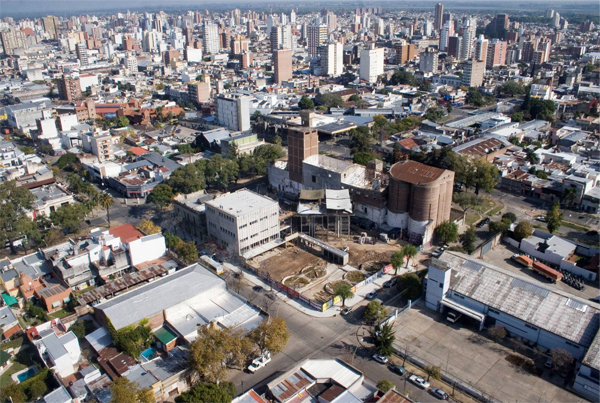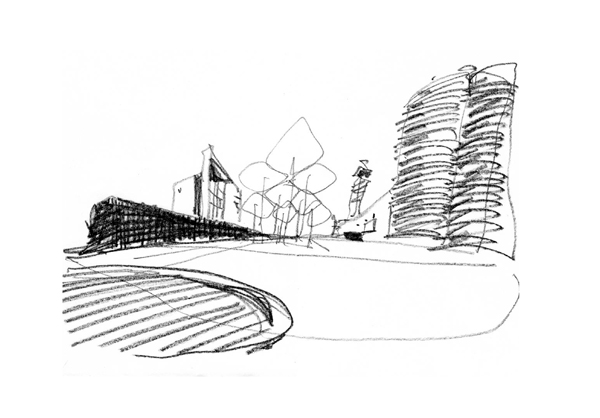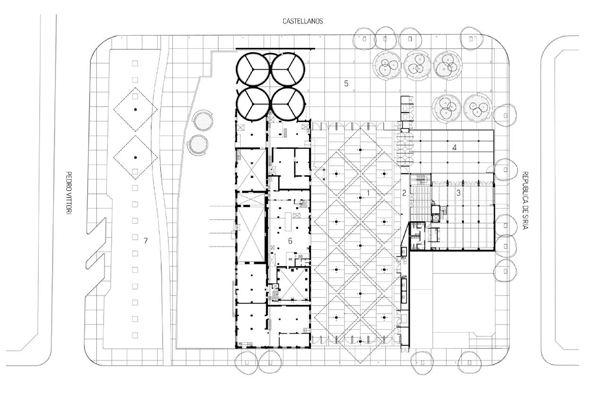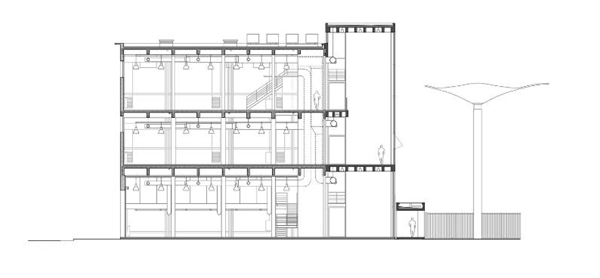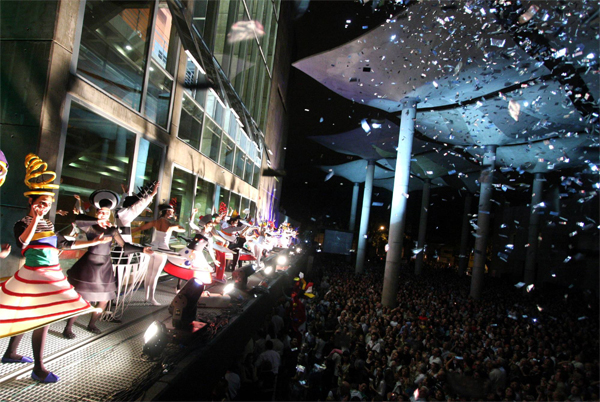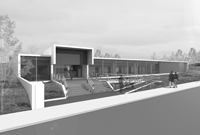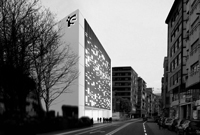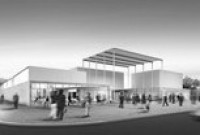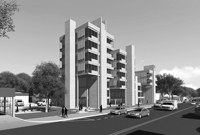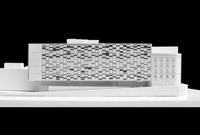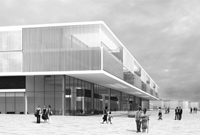Work
Project
El Molino, Cultural Factory
- Location: Santa Fe, Argentina
- Typology: Institutional
- Completion: 2010
- Surface built: 1935 m2
Architects
Mario Corea
Francisco Quijano
Silvana Codina
Luis Lleonart
Consultant
Claudio Vekstein
Structure, Installations
Tomás del Carril
Raúl Utges
Alejandro Ferrarini
Daniel Gutiérrez
Colaborators
Milena Alessio
Juan Carlos Blando
Franco Campodónico
Nadia Ferretti
Jorge Giunta
Eleonora Piriz
Fabio Scarano
Julia Garay
—
The Franchino mill stands as a metaphor waiting to become habitat, to recover its dimension, to be inhabited to say its words.
The word is mill; meaning use to grind, to pulverise, to turn the heavy things into light ones, to destroy the whole in order to achieve subtlety. It is something used to change the matter into a different thing, the flour of language, a way of naming us.
The “mill” is in the end a flourmill, a visible tribute to work and human action, to the sequence to recreate matter, to obtain bread.
So, there is a turn in the choice of white colour, from the whole to the parts, from the iron to the body, the matter to the sense. It is a piece of work with multiple languages where the construction is poetry, the welding can be silent, a line on the water, a chain turned into song.
A cultural Factory is born, a place where different kinds of cultural goods are thought, designed and produced: toys, pieces of furniture, books, pieces of art, photographs, films and shows.
The preservation and recovery criterion is applied in this case, not only for its historical relevance but also for its constructive and spatial value. On those spaces didactic and expositive activities are placed which are related to the industrial and general design. It is a multiple use space dedicated to craft and art school and to a place where the manufactured goods as well as the manufacturing process can be exhibited.
In order to cover this space and to create a nice a sheltered space the “shell vaults” were adapted and used. These vaults were developed in the 40s by Architect Amancio Williams, recategorising an architectural element, which meant one of the highest points in Argentinean Architecture.
